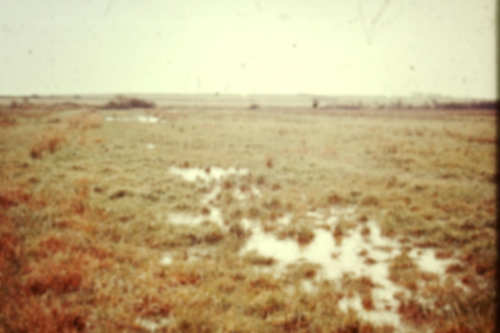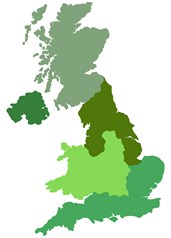| Month | Forecast | Alerts |
| January | Parasite Forecast | Chronic Fluke |
| February | Parasite Forecast | |
| March | Parasite Forecast | |
| April | Parasite Forecast | Nematodirus & Blowfly |
| May | Parasite Forecast | Nematodirus & Blowfly |
| June | Parasite Forecast | Blowfly |
| July | Parasite Forecast | Acute Fluke (provisional) & Blowfly |
| August | Parasite Forecast | Acute Fluke & Blowfly |
| September | Parasite Forecast | Acute Fluke & Blowfly |
| October | Parasite Forecast | Chronic Fluke |
| November | Parasite Forecast | Chronic Fluke |
| December | Parasite Forecast | Chronic Fluke |

